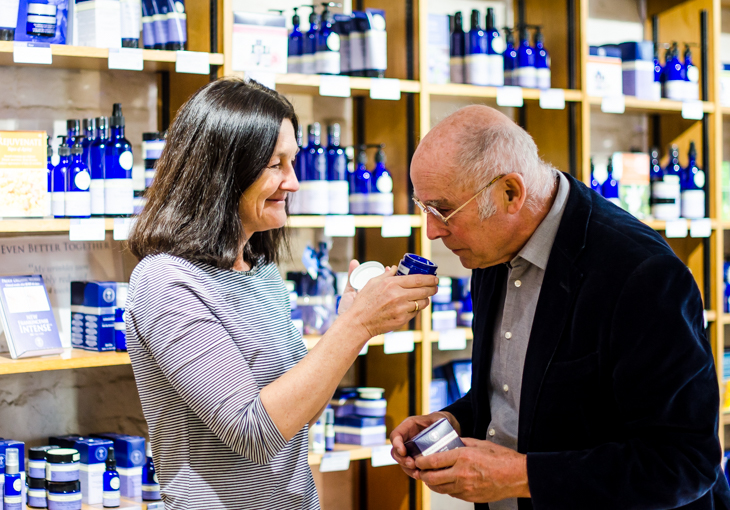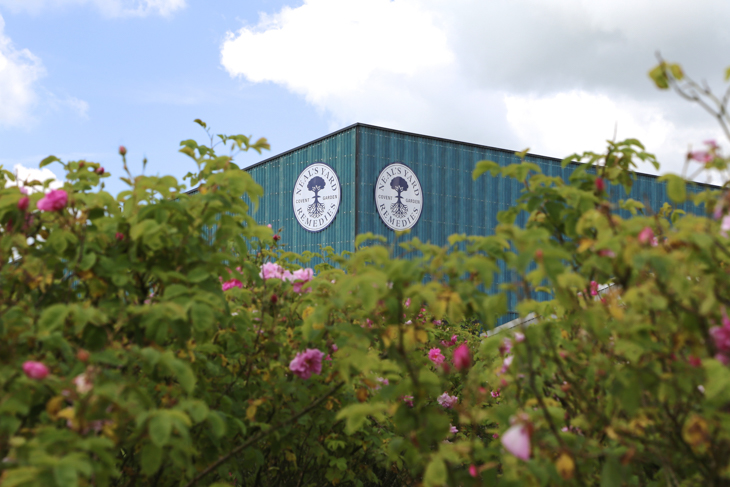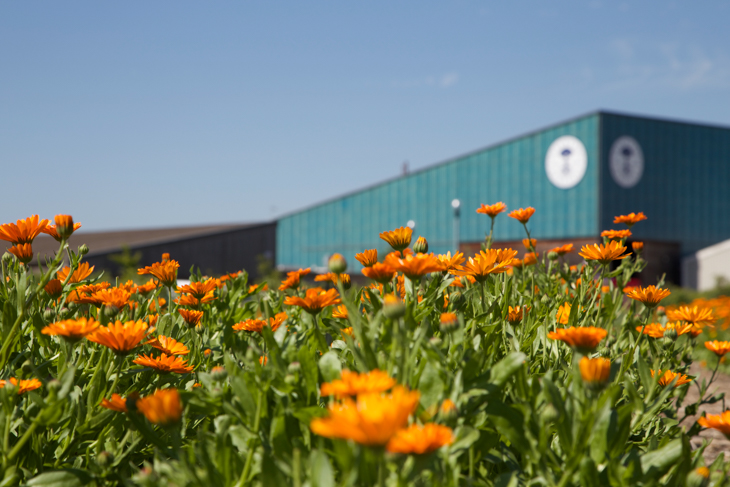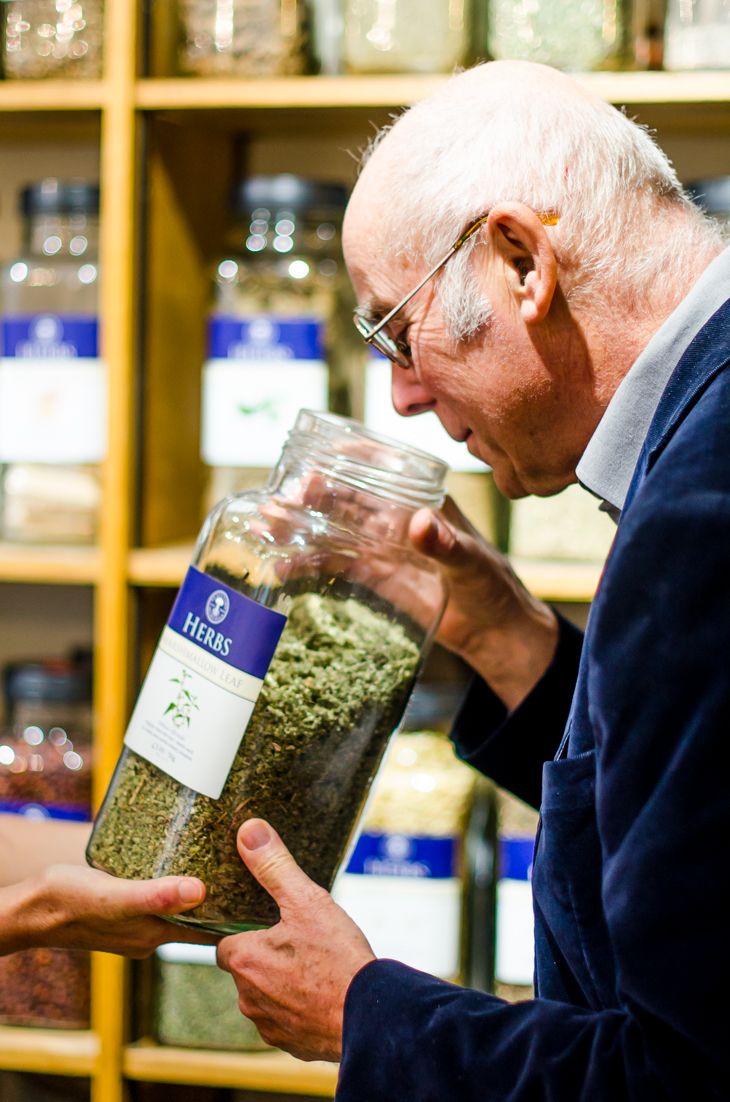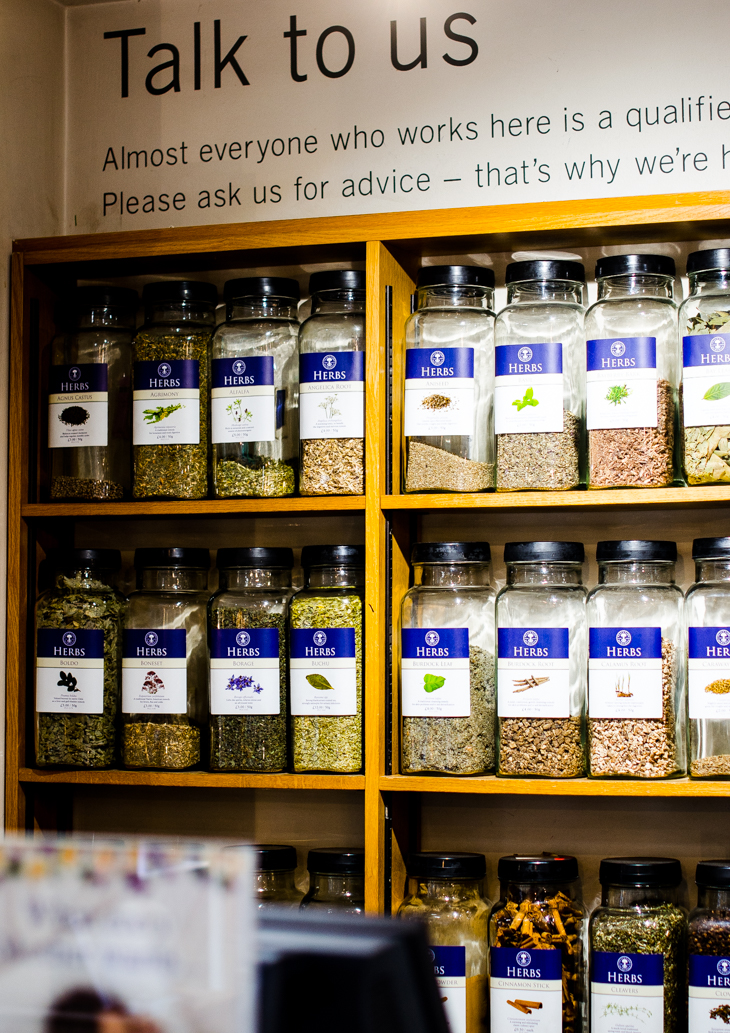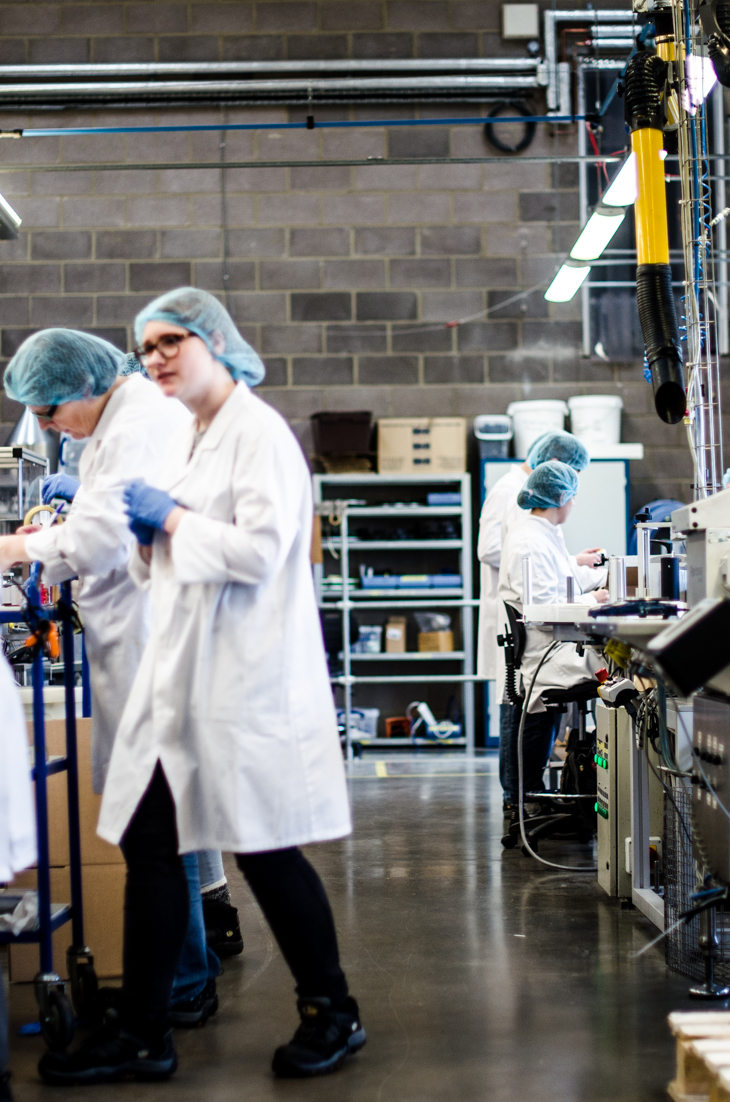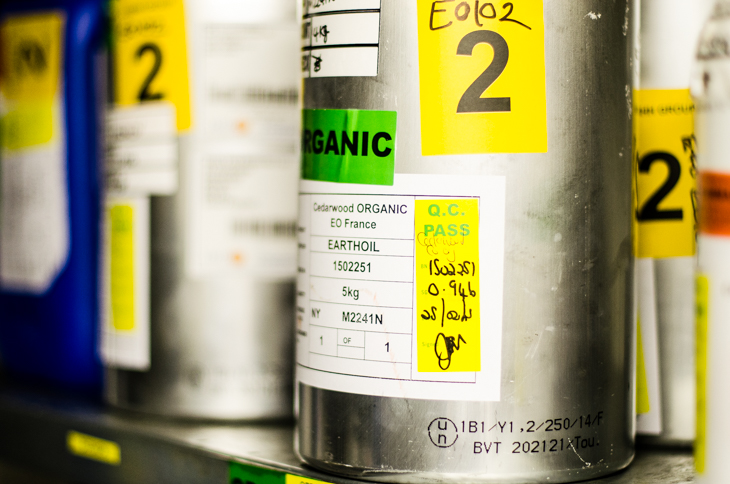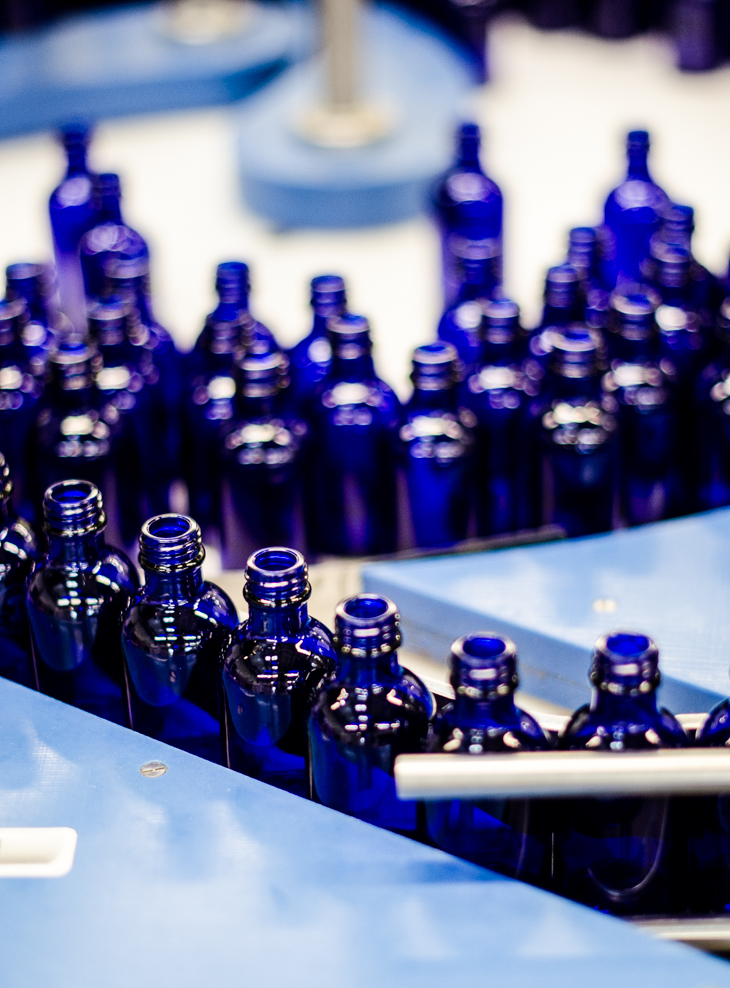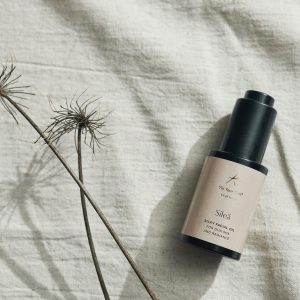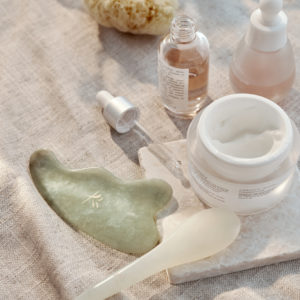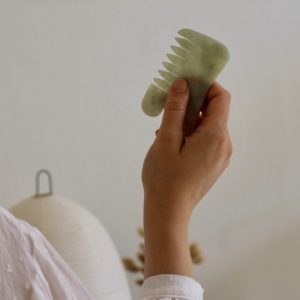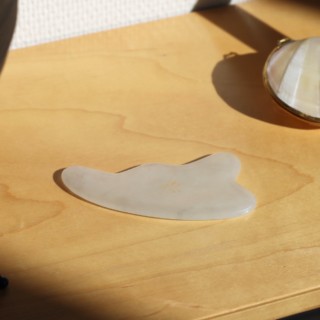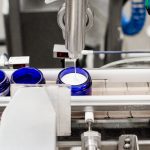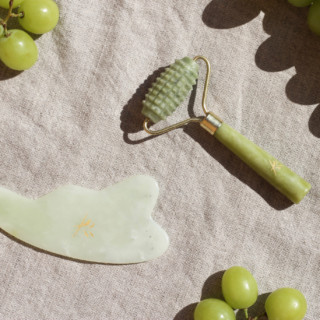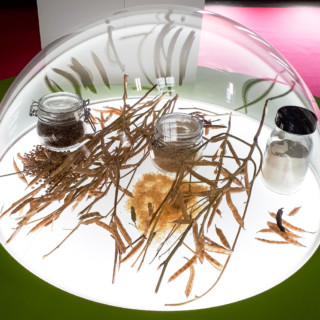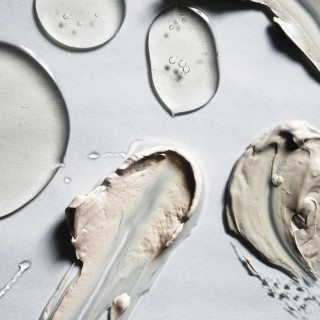On my recent trip to London, Neal’s Yard Remedies arranged for me to meet the company’s owner Peter Kindersley, and its Director of Natural Health, Susan Curtis. As the only blogger to have been given such an opportunity, I am incredibly privileged and grateful for all that I got to see, experience, and ask – most of which will be featured in my book, which is coming out late this fall.
You know how much I love Neal’s Yard Remedies. One cannot help but to admire the work the company does, the principles it follows, and the amazingly wide, internally and externally beautifying range of five hundred or so products, to which it boasts. I wrote a post about the world of Neal’s Yard Remedies last fall, which you can read here.
The thing about Neal’s Yard and me is that the deeper I delve into the company and its products, the more I want to know about everything else, too. I am literally spell-bound by this brand, and I want nothing more but to spread knowledge of the work they are doing; I strongly believe that Neal’s Yard Remedies is on the right path when it comes to changing the world. And there’s no escaping change, not if we want to give future generations a chance to build their lives on a clean and healthy earth. Doing so would benefit us all.
The story of Neal’s Yard Remedies begins in 1981 when Romy Fraser, armed with knowledge of natural medicine and holistic beauty and health, opens a shop that selling dried herbs, Bach’s floral drops, homeopathic medicine, and essential oils. The shop was located in a small courtyard, Neal’s Yard, in Covent Garden, London where several other organic businesses were cropping up. That is how the name came about, and today the flagship store and its quaint courtyard are sightseeing attractions. Using only natural ingredients, Romy soon began crafting alternatives for traditional beauty products. In the beginning, Romy would allow the use of a handful of synthetic ingredients, but along the years –thanks to technological advances and the discovery of new natural ingredients – the technical makeup of natural cosmetics now competes with that of traditional cosmetics.
The brand soon became hugely successful and in 1983, Homeopath and Naturopath Susan Curtis, who has dedicated her life’s work to promoting natural health and natural ways of life, joined the company. Susan still works as the director of natural health, and ingredients and holistic products adviser at Neal’s Yard Remedies.
In 2006, Romy sold Neal’s Yard Remedies to Peter Kindersley, whose family is a well-known and passionate pioneer of natural living and organic farming in England. I was moved as I listened to Peter – I always am when I meet someone whose passion for their life’s work comes from the heart. Peter eye’s were sparkling as he told me about the company, the research that Neal’s Yard Remedies has participated in, as well as the birds, butterflies, and insects living on his farm in Sheepdrove.
Buying Neal’s Yard Remedies was both a turning point for Peter, as well as a natural continuation of his family’s way of life since the1970’s. Peter studied to become a painter, and calligrapher, and it was during his college years that Peter met his wife Juliet, who was likewise training to be a painter. Peter soon found himself working in publishing, and in 1974 he and his friend Christopher Dorling founded Dorling Kindersley, a multinational publishing company. They later sold the company to Pearson PLC, the owner of Penguin Books.
In 1970, Peter and Juliet bought the small Sheepdrove farm in Berkshire, England. The poisoning of Berkshire fields with pesticides depressed the couple, who decided to begin farming organically. As the years went by, Sheepdrove went from a farm house and garden to a 2250 acre farm, where most of the ingredients used by Neal’s Yard Remedies are grown: horse chestnut, thyme, borage, oats, mint, skullcap, chickweed, elderberry, elder flower, hawthorn, marigold, dandelion, rosemary, and daisy are all grown on the land.
Sheepdrove is not just an organic farm; with a whopping 92 percent of its energy sourced from solar panels, and sewage water recycled to flush toilets, the farm is designed for maximum ecology. The estate is also used as a conference center. It goes without saying that the same principles are followed by the brand’s eco-factory, founded in Peacemarsh, Dorset in 2005. A vast expansion project will begin in April this year, during which the old solar panels on the roof of the factory will be replaced with more effective ones. The company’s aim is to be carbon negative – at the moment, it is merely carbon neutral. Mounted on the wall of the foyer is a meter which shows the amount of energy saved by the solar panels since their installation: from 2008 to the day of my visit, the panels have saved 60 043 kWh – a year’s supply of energy for 3122 households. A mind-blowing amount, if you ask me, and only increasing with each passing day.
When asked about what his workdays looked like, Peter told me that they could contain just about anything to do with the company. And that’s how he likes it; being as involved in the daily life of the business, and especially in designing it to be sustainable and strong enough that the company can at the very least maintain – if not improve – the level of self-sufficiency that it has enjoyed so far. As a passionate advocate of organic farming and natural ways of living, Peter – and Neal’s Yard Remedies – is constantly involved in various international studies and campaigns on organic farming and chemicals. The most recent and significant project is being conducted in the United States, and studies chemical traces found in breast milk as an attempt to raise awareness about harmful chemicals and how to avoid them.
Ingredients are not grown only on the Sheepdrove farm; the Dorset factory also produces a wide range of ingredients, including marigold, common vervain, meadowsweet, white sage, verbena, St John’s wort, rose, chickweed, lady’s mantle, and dandelion leaf. The company makes 140 different kinds of tinctures and macerated herb oils, which are used as ingredients in Neal’s Yard’s products, or sold straight to the buyers. In fact, one can walk into Neal’s Yard Remedies in Covent Garden, explain one’s ailment as one would to the doctor, and receive help and guidance from one of the skilled natural medicine experts on staff. The store’s variety of tinctures caused mild hysteria in yours truly.
While it cannot grow all of its own ingredients, the company has formed long-lasting ties to a number of small English herb farmers and essential oil producers. English-grown herbs are known for their excellent quality; the peppermint oil and roman chamomile used by Neal’s Yard Remedies come from a small farm in Hampshire, while English lavender is sourced from a neighboring farm; Yarrow oil is produced in Norfolk, and Echinacea and horse-heal are grown on an organic farm in Somerset.
Neal’s Yard Remedies also makes use of ingredients produced outside of England, of course, following the same principles with its foreign producers as it does with their English counterparts, including familiarity with the producers and their production conditions, making sure that high quality is met, and that employees are treated fairly and paid appropriately. For the past thirty years, Susan Curtis has been traveling around the world, visiting producers and form lasting partnerships with them; palmarosa, ylang ylang, and lemongrass, for example, are produced in Madagascar, while frankincense comes from North Kenia. Now there’s an interesting job!
As it favors very small producers rather than massive organic farms, Neal’s Yard Remedies pays a significantly higher price for its ingredients than many other cosmetic companies do, thus ensuring higher quality.
Visiting the company’s eco-farm was the highlight of my trip. I wish I could have stayed for a whole week. Everywhere I went, I was enveloped in an aromatherapeutic cloud of scent. Imagine working there – daily aromatherapy! The intoxicating scent of the storeroom where the essential oils were kept almost had me fainting – never mind the £80 000 worth of product sitting on those shelves. I also got to witness the production process, which is kept running seven days a week. The amount of product coming out of the factory in just one day is staggering, and with demand nearly exceeding current supply, the coming expansion is a necessary one. The expansion is designed to cover demand for the next ten years. Can you guess what Neal’s top product, as far as production goes, is? It’s not Wild Rose Beauty Balm as I had thought – though the product is among the top 5. No, Neal’s Yard Remedies’ most-produced product is the Frankincense Hydrating Cream, very closely followed by the almost accidental hit, the Frankincense Intense Cream. It’s not that the development team didn’t believe in the product, but the first batch was sold out in seconds, causing a small panic at the factory, which was unprepared for the great demand it was suddenly facing.
The ingredients stockroom was another interesting place to visit, with massive shelves housing approximately 350 types of ingredients. A small sample of each ingredients delivery to the factory is tested to make sure it is pure and of high quality. Indeed, the demand for high quality applies to every stage of production, from sowing and growing to the final product itself. As for effectiveness, Neal’s Yard Remedies’ clinical testing of its products is likewise advanced: the amazingly potent Frankincense Intense products have been tested in compliance with the World Medical Association’s guidelines.
In reply to my question about the next trends in natural cosmetics, I was told they were effectiveness and modernity, without compromising naturalness, ethics, or the company’s principle of carefulness: if an ingredient is suspected of being in any way harmful to humans or the environment, it will not be used; if new studies show an ingredient that is already in use to be harmful, the ingredient will be replaced with a safe alternative as soon as possible. Involved in a passionate search for new and effective ingredients, one suspects the chemists working for Neal’s Yard Remedies have found their dream jobs.
Neal’s Yard Remedies’ status as the pioneer of natural cosmetics and holistic beauty – not only in England, but globally – is both amazing and awe-inspiring. The market for natural cosmetics and organic products is growing at a staggering yearly rate, despite the current precarious world economy. Neal’s Yard Remedies is the leader in these markets, with a retail network spanning most of the globe; over 83 stores in 21 countries, as well as over 8000 consultants. The fastest growing markets are in the United States and Japan.
What more would Peter like for Neal’s Yard Remedies to accomplish? What is his greatest wish? He wishes that all of the world’s companies followed the same principles as Neal’s Yard Remedies. If I hadn’t been madly in love already, this would have clinched the deal.
There is no Neal’s Yard Remedies store in Finland, as of yet, but one hopes that the brand’s popularity will increase at such a rate that a store might soon be opened, equipped with small therapy rooms like in Covent Garden. Until then, you can find Neal’s Yard Remedies’ products at Jolie, Sokos department stores, PÜR, and Naturelle.
I would also highly recommend paying a visit to Neal’s Yard’s own website, which is full of information on things such as different projects the company is involved in. If you would like to delve deeper into the world of ingredients, the index of plants and modified natural ingredients on the website might be helpful. Natural News, also run by Neal’s Yard Remedies, is a great source of information on everything related to health and well-being.
Please tell us your favorite Neal’s Yard Remedies product tips, and share this post with your friends. Let’s give this brand the attention it deserves in Finland, too.
Translation Katja Nikula

